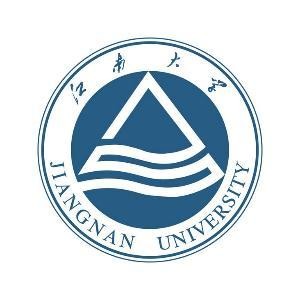Backgroud: A growing demand for sustainable, alternative protein sources that are nutrient-dense,such as microorganisms, and insects, has gradually evolved.When paired with effective processing techniques, yeast cells contain substantial substances that could supply the population's needs for food, medicine,and fuel. This review article explores the potential of yeast proteins as a sustainable and viable alternative to animal and plant-based protein sources. It highlights the various yeast protein extraction methods including both mechanical and non-mechanical methods.
Results: The application of nanoparticles is one example of the fast-evolving technology used to damage microbial cells. SiO2 or Al2O3 nanoparticles break yeast cell walls and disrupt membranes,releasing intracellular bioactive compounds. Succinylation of yeast protein during extraction can increase yeast protein extraction rate, lower RNA concentration,raise yeast protein solubility,increase amino acid content,and improve yeast protein emulsification and foaming capabilities. Combining physical and enzymatic extraction methods generates the most representative pool of mannose proteins from yeast cell walls. Ethanol or isoelectric precipitation purifies mannose proteins. Mannoproteins can be used as foamy replacement for animal-derived components like egg whites due to their emulsification,stability,and foaming capabilities. Yeast bioactive peptide was separated by ultrafiltration after enzymatic hydrolysis of yeast protein and has shown hypoglycemic, hypotensive,and oxidative action in vitro studies.
Conclusion: Additionally, the review delves into the physicochemical properties and stability of yeast-derived peptides as well as their applications in the food industry. The article infers that yeast proteins are among the promising sources of sustainable protein, with a wide range of potential applications in the food industry.
Please see the findings at: https://doi.org/10.1111/1541-4337.13326
